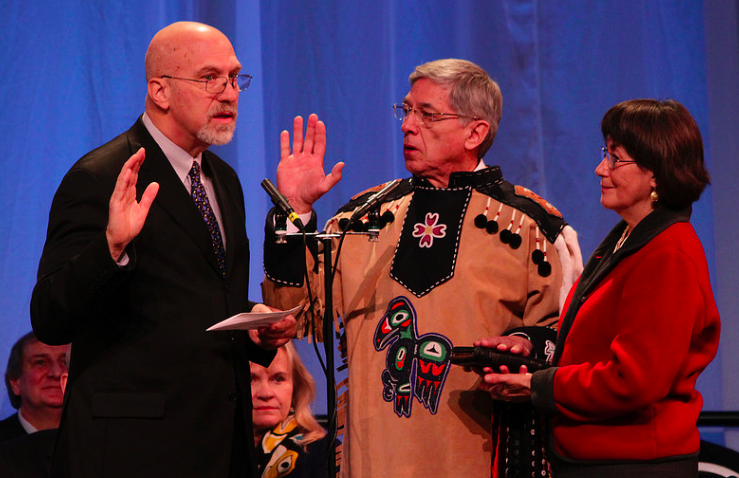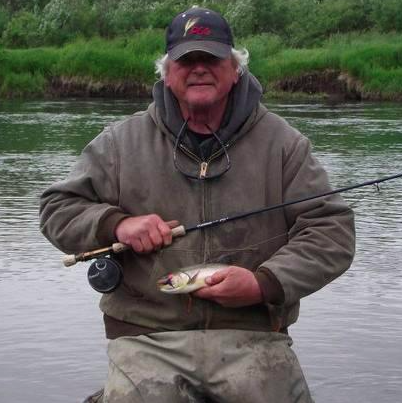Members of the Alaska Senate Majority urged Lt. Gov. Byron Mallott on Friday to appeal the recent court ruling that allows an anti-business initiative to proceed to the ballot next year. The initiative proposed by “Stand for Salmon” is unconstitutional, senators say.
“We stand behind the lieutenant governor’s original rejection of an initiative that proposes ballot box allocation,” said Sen. Cathy Giessel, who chairs the Senate Resources Committee. “A careful evaluation by state attorneys made it clear that this initiative is unconstitutional. The Supreme Court needs to hear the facts.”
Initiative 17FSH2, also known as the “Stand for Salmon Initiative,” applied to the lieutenant governor’s office to begin gathering signatures for a question that would appear on the ballot next year.
After review by the Department of Law, the lieutenant governor denied certification on Sept. 12. Mallott said that by prioritizing salmon habitat over all other potential uses of state land, it violates the Alaska constitution. That could include mining, oil, or even the building of a hospital, school, airport, or road. It could also require numerous municipalities to incur tens of millions of dollars in wastewater treatment upgrades at a time when funds are scarce.
The initiative’s sponsors appealed the lieutenant governor’s decision in court, and an initial ruling by an Anchorage judge has said that Mallott was wrong.
But the Senate Majority says he was right and there’s case law to back them up.
“Alaska’s constitution wisely leaves resource management to professional biologists, not the ballot box,” said Sen. Peter Micciche, Senate Majority Leader. “Allocating access through bumper sticker campaigns endangers every Alaskan’s right to work and right to fish. Just as the Cook Inlet setnet initiative was ruled unconstitutional, I encourage the Walker administration to appeal this decision immediately.”
The Walker Administration has not yet decided to appeal the case. But the governor has a conflict: The Stand for Salmon signature gathering and media campaign is being run by Ship Creek Group, the company founded by John-Henry Heckendorn, who is now Gov. Walker’s aide and in-house re-election campaign manager. His salary is paid by the state.
It gets deeper. The treasurer for the Stand for Salmon independent expenditure campaign is the same treasurer as for the Walker-Mallott reelection campaign: Paula DeLaiarro, one of the principals of the Ship Creek Group. This makes it awkward for the governor and lieutenant governor to take the initiative to court against their own paid advisers and fundraising allies.
Many in political circles have observed that Heckendorn is fully engaged with both the governor’s re-election campaign and with the political services company he founded.
The Governor’s Office and the Department of Law have remained silent since the judge’s ruling, which indicates to the business community that the Walker Administration may let the ruling stand and thus touch off a large, expensive political battle over resource allocation by ballot.
If Walker and Mallott allow the Stand for Salmon initiative to appear on the ballot without appealing to the Alaska Supreme Court, they will isolate themselves from much of Alaska’s business community, which they are courting in their re-election bid.






